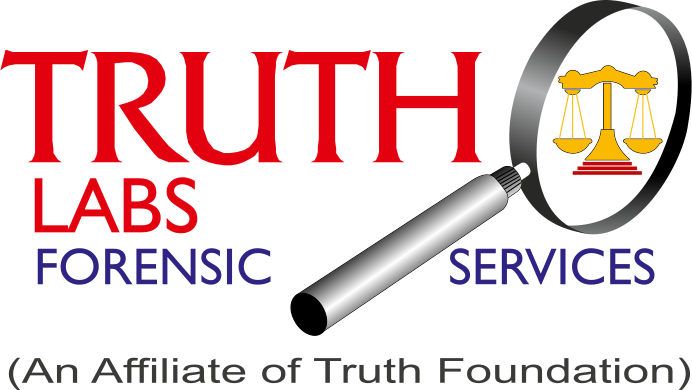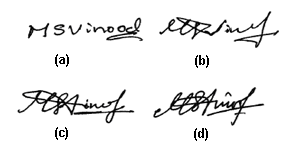Insurance Fraud
The act of misleading an insurance company to receive insurance benefits or payouts to which one is not entitled is referred to as Insurance Fraud. Insurance Fraud is a major issue for the insurance sector, as it results in significant financial losses and leads to higher rates for policyholders. Fraudsters often resort to fabricating evidence to support their false claims. In the realm of insurance investigations, uncovering the truth behind insurance claims is of utmost importance. Insurance investigations play a critical role in ensuring the validity of insurance claims and combating fraud. To ascertain the legitimacy and accuracy of insurance claims, investigators employ a meticulous approach.
Insurance companies often turn to Forensic Investigators for cases that raise suspicion even after conducting their own due diligence activities. One crucial aspect of forensic investigation is trace evidence analysis, where physical evidence in the form of trace materials and minute features can provide tangible and unbiased information about the incident. By examining tiny particles and materials present at the scene, trace evidence analysis can effectively expose inconsistencies and falsehoods, shedding light on the background of the incident. These trace elements encompass a wide range of microscopic materials found at the scene, such as glass fragments, paint chips, fibers, soil, cloth, paper, and other microscopic substances. Through the examination of trace evidence, investigators can establish connections between assets, individuals, and situations. They can evaluate whether the incident aligns with the physical evidence and verify or debunk the veracity of the claims made by the claimants.
The specific types of trace evidence, their conditions, and their positioning serve as indicators of the events that transpired during the incident. For example, the presence of hydrocarbons in a fire accident may indicate foul play. The type of trace evidence discovered at incident scenes varies depending on the case and the nature of the accident. Discrepancies between the alleged event or claim and the presence of incriminating trace evidence can raise suspicions, prompting further investigation into such claims. This helps investigators and insurance companies identify false claims.
The investigation using trace evidence must be conducted with great care, as the quantity of the samples is often minuscule, and the quality is typically perishable. The extent and quality of the analysis heavily rely on the proper collection and preservation of the samples. Once the trace evidence is collected, it is sent for physico-chemical (PC) analysis, which utilizes various instrumentation techniques such as microscopy, spectroscopy, chromatography, and more, to provide qualitative and quantitative analysis.
Trace evidence analysis plays a vital role in revealing the circumstances of the incident and enables investigators to assess the validity of insurance claims. Through meticulous analysis and interpretation of trace elements, connections are established, authenticity is confirmed, events are reconstructed, and fraudulent activity is exposed. Collaborating with forensic specialists and employing cutting-edge scientific methodologies empowers insurance investigators and surveyors, leading to fair claim settlements.
Truth Labs has been at the forefront of assisting public and private sector insurance firms in upholding integrity, defending honest policyholders, and ensuring that justice is served. By utilizing trace evidence analysis as an effective tool in numerous investigations, Truth Labs has saved billions of public and private funds from fraudulent activities.



